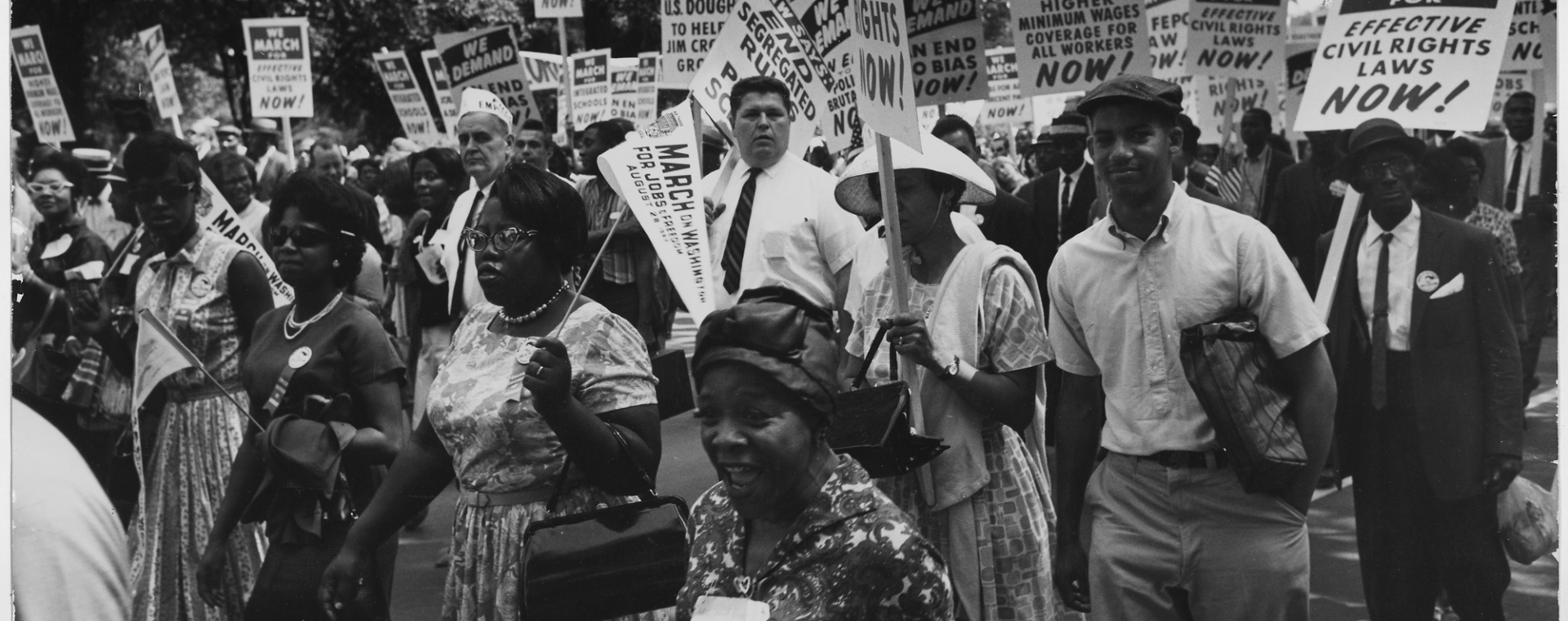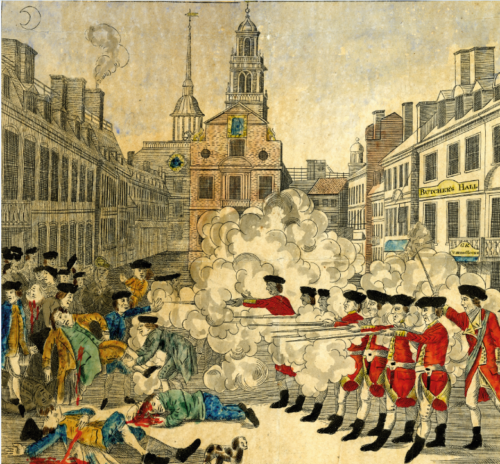Voices and Votes: Democracy in America
“Voices and Votes: Democracy in America” traveling exhibition from the Smithsonian Institution examines the nearly 250-year-old American experiment of a government “of, by and for the people,” and how each generation since continues to question how to form “a more perfect union.”
The display includes historical and contemporary photos, educational and archival video, engaging multimedia interactives with short games, and historical objects like campaign souvenirs, voter memorabilia, and protest material.
Date: August 20 – October 2, 2022
Link to Bankier Library Guide https://libguides.brookdalecc.edu/c.php?g=1242072
About the Exhibition
#VoicesVotes
When American revolutionaries waged a war for independence they took a leap of faith that sent ripple effects across generations. They embraced a radical idea of establishing a government that entrusted the power of the nation not in a monarchy, but in its citizens. That great leap sparked questions that continue to impact Americans:
- Who has the right to vote?
- What are the freedoms and responsibilities of citizens?
- Whose voices will be heard?
- How do you participate as a citizen?
- How do we encourage more people to participate in our democracy?
Voices and Votes: Democracy in America is a springboard for discussions about those very questions and how they are reflected in local stories. Our democracy demands action, reaction, vision, and revision. From revolution and suffrage, to civil rights and casting ballots, everyone in every community is part of this ever-evolving story – the story of democracy in America.
The exhibition examines the nearly 250-year-old American experiment of a government “of, by and for the people,” and how each generation since continues to question how to form “a more perfect union.”
Designed for small-town museums, libraries and cultural organizations, Voices and Votes is based on a major exhibition at the Smithsonian’s National Museum of American History called American Democracy: A Great Leap of Faith. Content development was led by Harry Rubenstein, Curator Emeritus in the Division of Political History at the National Museum of American History. Voices and Votes has many dynamic features: historical and contemporary photos; educational and archival video; engaging multimedia interactives with short games and additional footage, photos, and information; and historical objects like campaign souvenirs, voter memorabilia, and protest material.
Participants include the following organizations and individuals; Monmouth County Historical Association, Monmouth University Polling Institute, American Association of University Women (AAUW) Northern Monmouth County Branch (NMCB), T. Thomas Fortune Cultural Center, Energizing Young Voters, and contributions by Brookdale Community College Professors. There are works by the artist Gary Erbe and Dong Kyu Kim as well as a collection of youth art postcards presented by artthevote.org, in conjunction with The League of Women Voters.
Educational Programs and Activities
Voices and Votes also offers an exciting educational component called “American Experiments.” This companion traveling trunk will have a collection of activities designed to engage visitors inside the exhibition as well as students in the classroom. A “Head‐to‐Head” challenge asks visitors to select their choice for the American who changed the nation the most or the most “American” food. Leave your opinion of “I believe good citizens should…” with a “My Fellow Citizens” photo opportunity. Finally, see where you stand in comparison to others in a voting game posing thought-provoking questions about our democracy, citizenship, and voting. “American Experiments” is just one example of the many rich programming opportunities Voices and Votes opens up for communities.
Sponsored by
“Voices and Votes: Democracy in America” is part of Museum on Main Street, a collaboration between the Smithsonian Institution and State Humanities Councils nationwide. “Voices and Votes: Democracy in America” is coordinated statewide by New Jersey Council for the Humanities. It is based on an exhibition by the National Museum of American History. Support for Museum on Main Street has been provided by the United States Congress. Events surrounding this exhibition.
Events During the Exhibition
August 24, 10:30 a.m. – 12:00 p.m The Battle Over Voting Rights in the United States
September 14, 10:00 a.m. – 12:00 p.m. U.S. Supreme Court Decisions: Voting Rights
September 21, 4:00-6:00 p.m. A special Suffragists Speak Reenactment performance by the American Association of University Women (AAUW) Northern Monmouth County Branch (NMCB), in collaboration with T. Thomas Fortune Cultural Center and League of Women Voters.
September 27, 4:30-6:30 p.m. Brookdale Alumna, Monmouth County YMCA Board Member, and American Friends Service Committee on National Legislation Red Bank, NJ Advocacy Corps Organizer Itzel Perez Hernandez will give a presentation on the political history of DACA and Advanced Parole – highlighting how non-citizens have been and can be powerful actors in our democratic process. It is a collaboration between the Smithsonian planning committee, the campus club Dreamers+ and the Brookdale International Center.
September 28, 4:00 – 6:00 p.m. in-person on campus, Author, Women’s Historian, and Professor of History Jane Scimeca will present the impact that Geraldine Livingston Thompson has had on our community and a bit about her enthralling life story.
This exhibition covers many themes, including:
- The Great Leap
- A Vote, A Voice
- The Machinery of Democracy
- Beyond the Ballot
- Creating Citizens
“The Great Leap” introduces visitors to the context and main controversies behind America’s democratic system. It poses central questions such as: What were the principles and events that inspired the writers of the Declaration of Independence and the Constitution? Just how revolutionary was our new democracy led by the people? And who would be included as “the people?” How would they make their voices heard?
We have a diverse body of voters today, but not every American has had the right to vote. When America was founded, voters made up a small fraction of the population. The founders only saw a world where propertied men voted on behalf of everyone else. Over the years, those who were shut out of the polls showed their desire to be heard. The fight for fair representation and a voice at the polls brought struggle and changes to our country since our founding.
We participate in the political system through state and national parties, nomination conventions, and stomping for our candidate of choice. These informal institutions and activities that are not specified in the Constitution are nevertheless all a part of the machinery that keeps democracy running. It all comes down to getting people to go out and vote.
Americans of every ethnicity, class, and state share the revolutionary spirit of rising up and speaking out. The First Amendment to the Constitution guarantees this right to peaceably assemble and petition the government. Whether by carrying signs and petitioning with our feet or lobbying our representatives, there are many ways citizens can make their voices heard.
What does it mean to be a citizen? What are the rights and responsibilities of American citizens? Does America need a shared national identity? These are basic questions that our founders left unanswered. Future generations of American citizens have faced these questions ever since. In schools, public forums, and even popular culture, we debate whose history gets to be told. The conflict between multiculturalism, assimilation, and discrimination plays out every day in America. And we all must balance our rights as well as our responsibilities as citizens. What does being a citizen mean to you?
 Bookstore
Bookstore  Self Service
Self Service  Video Library
Video Library 













